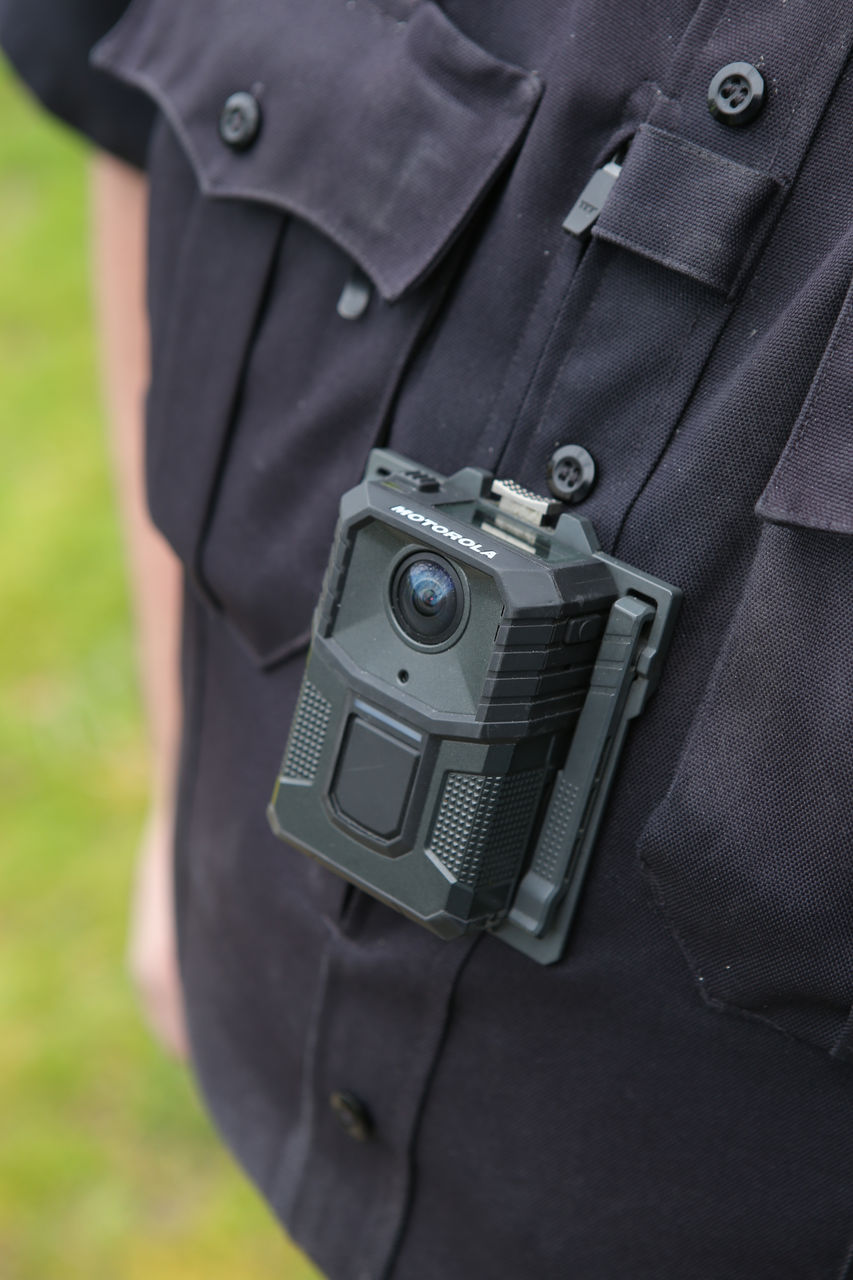In recent years, body-worn cameras have become an integral tool for law enforcement, security personnel, and various professionals. These devices have proven invaluable in enhancing transparency, accountability, and safety in various fields. However, like any technology, body-worn cameras become obsolete over time. As they do, it becomes increasingly important for organizations to plan equipment and program upgrades. The good news is as technology has improved, the options for body-worn camera programs have become more flexible and affordable.
Aging Issues of Body-Worn Cameras
Body-worn cameras, like all electronic devices, have a finite lifespan of about 3 – 5 years. Wear and tear, technological advancements, and changing regulatory requirements can all contribute to their depreciation. As these cameras age, several issues can arise:
- Reduced Image Quality: Older cameras may struggle to capture clear and detailed footage, compromising their primary purpose. Poor image quality can hinder investigations and court proceedings.
- Battery Life: Battery performance tends to deteriorate with time, making it difficult for officers to rely on these devices during extended shifts or emergencies. Replacement batteries may no longer be available for older units.
- Storage Capacity: Early models may have limited storage capacity, resulting in frequent data transfers and potential loss of crucial footage.
- Compatibility: As software and hardware evolve, older body-worn cameras may no longer be compatible with new systems, creating logistical challenges for organizations.
- Legal Compliance: Regulations surrounding body-worn camera usage can change over time. Non-compliance due to outdated equipment may lead to legal issues.
Benefits of Upgrading
While many of the pros for upgrading seem obvious, there may be issues you may not have considered. This issues may help spur a renewal program to help address many of these issues before they occur.
- Improved Performance: Upgrading to the latest body-worn camera models ensures that law enforcement and security personnel can record high-quality, crisp footage, aiding in investigations and prosecutions.
- Enhanced Features: Newer models often come equipped with advanced features such as live streaming, automatic tagging, auto record on holster release, and improved stabilization. These features can significantly benefit users in the field.
- Extended Battery Life: Modern body-worn cameras are designed with energy-efficient technologies, allowing officers to use them for extended periods–even long shifts–without worrying about battery life. Many new units also include changeable batteries.
- Greater Storage Capacity: With larger storage options, newer cameras reduce the need for frequent data offloading, simplifying the workflow of officers and agencies. Storage includes on premise servers or cloud-based options with easy redaction, archival, and evidence options.
- Ease of Use: User-friendly interfaces and streamlined controls make it easier for personnel to operate the equipment effectively, reducing the learning curve associated with older models.
- Compliance: Staying current with the latest equipment ensures that organizations remain in compliance with changing regulations, reducing the risk of legal complications. Keep your footage—and its metadata—forever, with no strings attached.
- Cost-Efficiency: While it may seem counterintuitive, upgrading can be more cost-effective in the long run. Frequent repairs and maintenance of aging cameras can accumulate costs over time, making a one-time upgrade a more financially sound decision. Additionally, Day Wireless Systems (DWS) with Motorola offers plans that allow you to spread out costs over time and keep equipment continuously upgraded.
Considerations for Upgrading
There are a multitude of issues around the ever-evolving technology and financial impact of body-worn camera technology. Before upgrading, organizations should consider these main factors:
- Budget: Assess the financial feasibility of an upgrade. Evaluate costs associated with new cameras, accessories, and training. Consider Motorola’s new Video as a Service option, which provides lower up-front costs, unlimited cloud storage, warranty replacement, and an equipment refresh every 3 years. There may also be grants or public safety programs available to leverage.
- Migration: Talk with us about a path to migration that includes staggered deprecation and replacement, a hybrid equipment transition, recommendations for and assistance with migrating video archives.
- Training: Allocate time and resources for training personnel on the operation of the new equipment. Day Wireless Systems can help with training resources.
- Data Management: Establish a comprehensive plan for data storage, retrieval, and retention with the increased capacity of new cameras. New data management includes redaction, time stamping, access tracking and modification, and archival software that makes it easier than ever to share evidence while preserving chain of custody.
- Useful Ecosystem: When choosing an upgrade, what companion systems, services, and equipment will provide the most utility for public safety? Consider a body-worn camera system that interacts seamlessly with CAD dispatch workflow solutions, analytics and situational intelligence software, as well as data management systems and software for digital evidence including video, files, and jail records.
- Network Safety: On-premise server-based solutions are still supported, but public safety departments are increasingly moving to cloud-based solutions due to the redundancy/resilience and top line end-to-end encryption. Plus, unlimited data storage, no server maintenance or risk of evidence compromises could be one less major headache for IT administrators.
Day Wireless Systems is a leading provider of body-worn cameras and systems. A Motorola Platinum Channel partner, we’re one of a handful of organizations who are qualified as an Elite Specialist in Motorola service specialties, and we’ve worked closely with Motorola for decades. Let our experts help you investigate migration paths for your body-worn camera program. Contact us for an analysis.
Explore the case for body-worn cameras>
View DWS Public Safety solutions>
